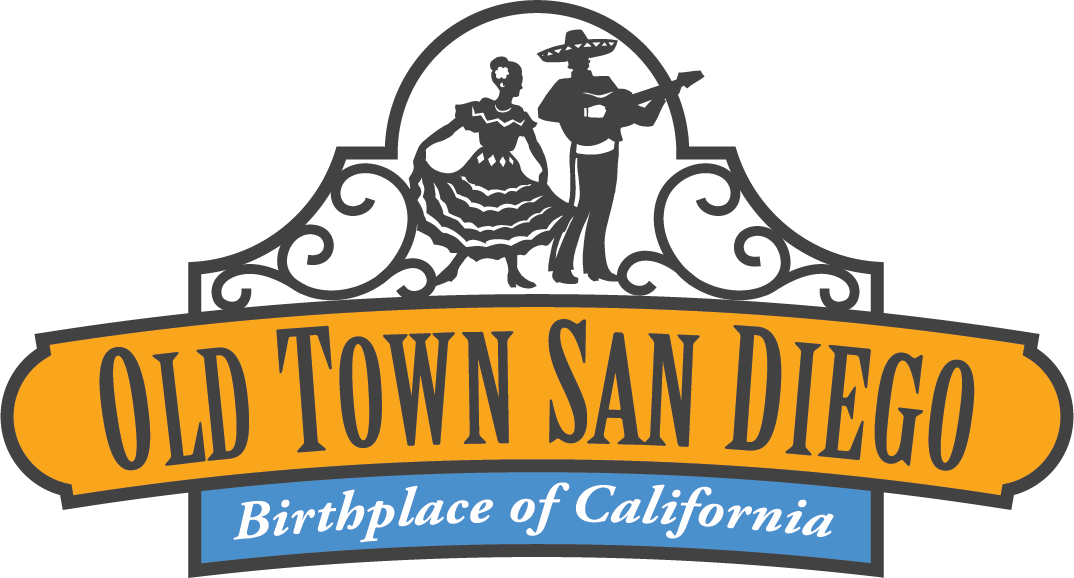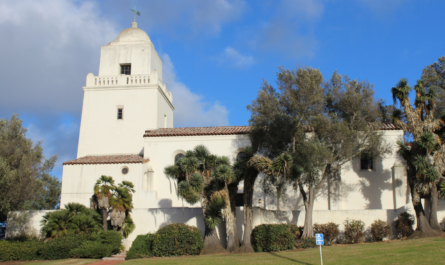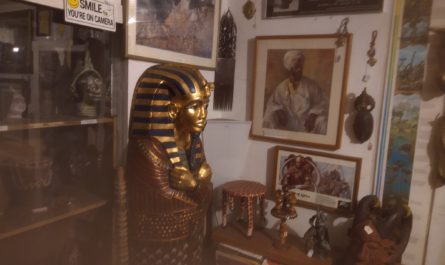Off the beaten path in Old Town San Diego, the Casa de Carrillo stands as a testament to the rich historical tapestry of early California. Built in 1821 by Presidio Comandante Francisco María Ruiz, this adobe house was constructed adjacent to his pear orchard. The house was intended for his close relative and fellow soldier, Joaquín Carrillo, and his large family, marking a significant chapter in the region’s history.
The Casa de Carrillo is more than just an architectural relic; it is a symbol of the early Californian way of life. The Carrillo family, prominent figures in the community, lived in this adobe dwelling, which became a center of social and familial activities. One of the most romantic and dramatic stories associated with the house is the elopement of Josefa Carrillo, Joaquín’s daughter. In April 1829, Josefa eloped to Chile with Henry Delano Fitch, an event that has been immortalized in local lore.
The house witnessed various transitions and ownership changes over the years. After the death of Francisco María Ruiz in 1839, followed closely by the passing of Joaquín Carrillo, the property was sold by Joaquín’s son, Ramon Carrillo, to Lorenzo Soto. From there, the Casa de Carrillo changed hands multiple times, gradually falling into disrepair as it passed from owner to owner.
By the early 20th century, the once grand adobe was in a state of significant deterioration. It wasn’t until 1932 that the fate of Casa de Carrillo took a positive turn. George Marston, a prominent San Diego businessman, along with his associates, recognized the historical value of the property and undertook a restoration project. Their efforts not only revived the physical structure of the house but also preserved its historical essence.
The restoration of Casa de Carrillo was a labor of love and a commitment to preserving San Diego’s rich cultural heritage. Marston and his associates meticulously restored both the house and its surrounding grounds, ensuring that future generations could appreciate this historical landmark. Upon completion of the restoration, they generously deeded the property to the City of San Diego.
Today, Casa de Carrillo is more than just a restored adobe house; it is part of a larger golf course complex, blending history with recreation. Visitors to Old Town San Diego can explore this historical gem, gaining insights into the lives of the early Californian settlers and the rich cultural history of the region. The house stands as a symbol of preservation and a reminder of the enduring legacy of the Carrillo family and the early pioneers of San Diego.




